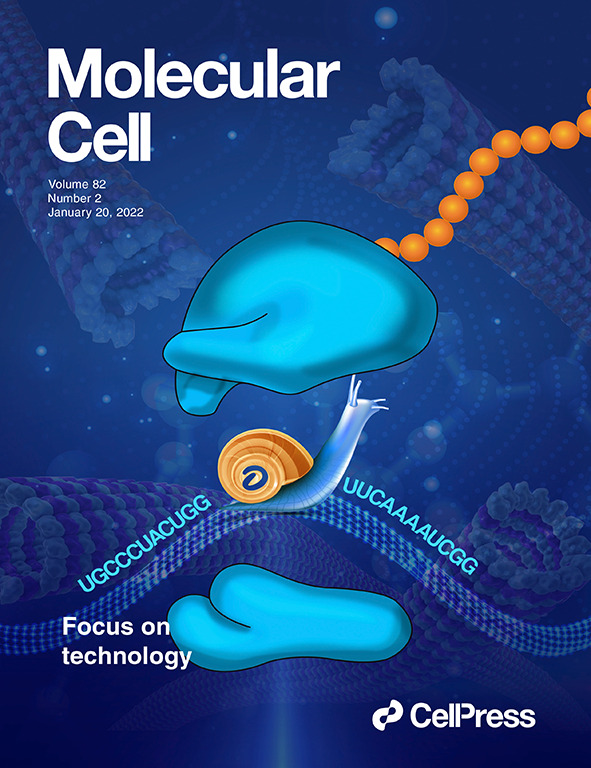Optimization of FRET imaging in Arabidopsis protoplasts
IF 6.5
3区 生物学
Q2 BIOCHEMISTRY & MOLECULAR BIOLOGY
引用次数: 0
Abstract
Recent advancements in fluorescence-based biosensor technologies have enabled more precise and accurate Förster resonance energy transfer (FRET) imaging within Agrobacterium-mediated plant transformation systems. However, the application of FRET imaging in plant tissues remains hindered by significant challenges, particularly the time-intensive process of generating transgenic lines and the complications arising from tissue autofluorescence. In contrast, protoplast-based FRET imaging offers a rapid and efficient platform for functional screening and analysis, making it an essential tool for plant research. Nevertheless, conventional protoplast-based FRET approaches are often limited by background interference, inconsistent imaging conditions, and difficulties in quantitative analysis. Here, we present a systematic optimization of imaging conditions using the calcium biosensor D3cpv, addressing these limitations to improve both precision and efficiency in protoplast-based FRET imaging. This work serves as a practical guide for streamlining FRET imaging workflows and maximizing the utility of biosensors in plant cell studies.
拟南芥原生质体FRET成像优化
基于荧光的生物传感器技术的最新进展使得农杆菌介导的植物转化系统中的佛斯特共振能量转移(FRET)成像更加精确和准确。然而,FRET 成像技术在植物组织中的应用仍然面临重大挑战,尤其是转基因品系的生成过程耗时较长,以及组织自发荧光带来的复杂问题。相比之下,基于原生质体的 FRET 成像为功能筛选和分析提供了一个快速高效的平台,使其成为植物研究的重要工具。然而,传统的基于原生质体的 FRET 方法往往受到背景干扰、成像条件不一致以及定量分析困难等因素的限制。在这里,我们利用钙生物传感器 D3cpv 对成像条件进行了系统优化,解决了这些限制,从而提高了基于原生质体的 FRET 成像的精度和效率。这项工作为简化 FRET 成像工作流程和最大限度地提高生物传感器在植物细胞研究中的效用提供了实用指南。
本文章由计算机程序翻译,如有差异,请以英文原文为准。
求助全文
约1分钟内获得全文
求助全文
来源期刊

Molecules and Cells
生物-生化与分子生物学
CiteScore
6.60
自引率
10.50%
发文量
83
审稿时长
2.3 months
期刊介绍:
Molecules and Cells is an international on-line open-access journal devoted to the advancement and dissemination of fundamental knowledge in molecular and cellular biology. It was launched in 1990 and ISO abbreviation is "Mol. Cells". Reports on a broad range of topics of general interest to molecular and cell biologists are published. It is published on the last day of each month by the Korean Society for Molecular and Cellular Biology.
 求助内容:
求助内容: 应助结果提醒方式:
应助结果提醒方式:


